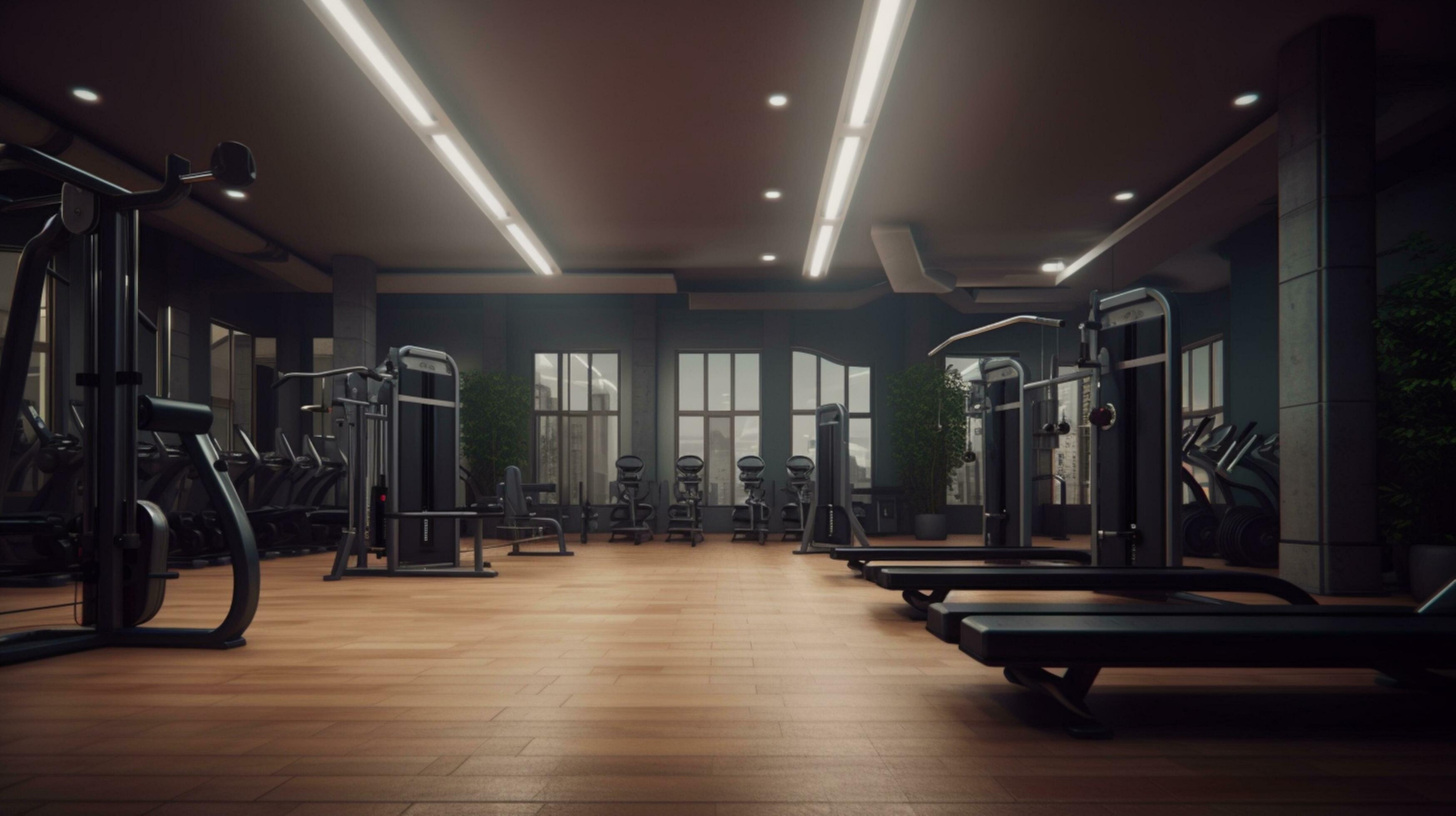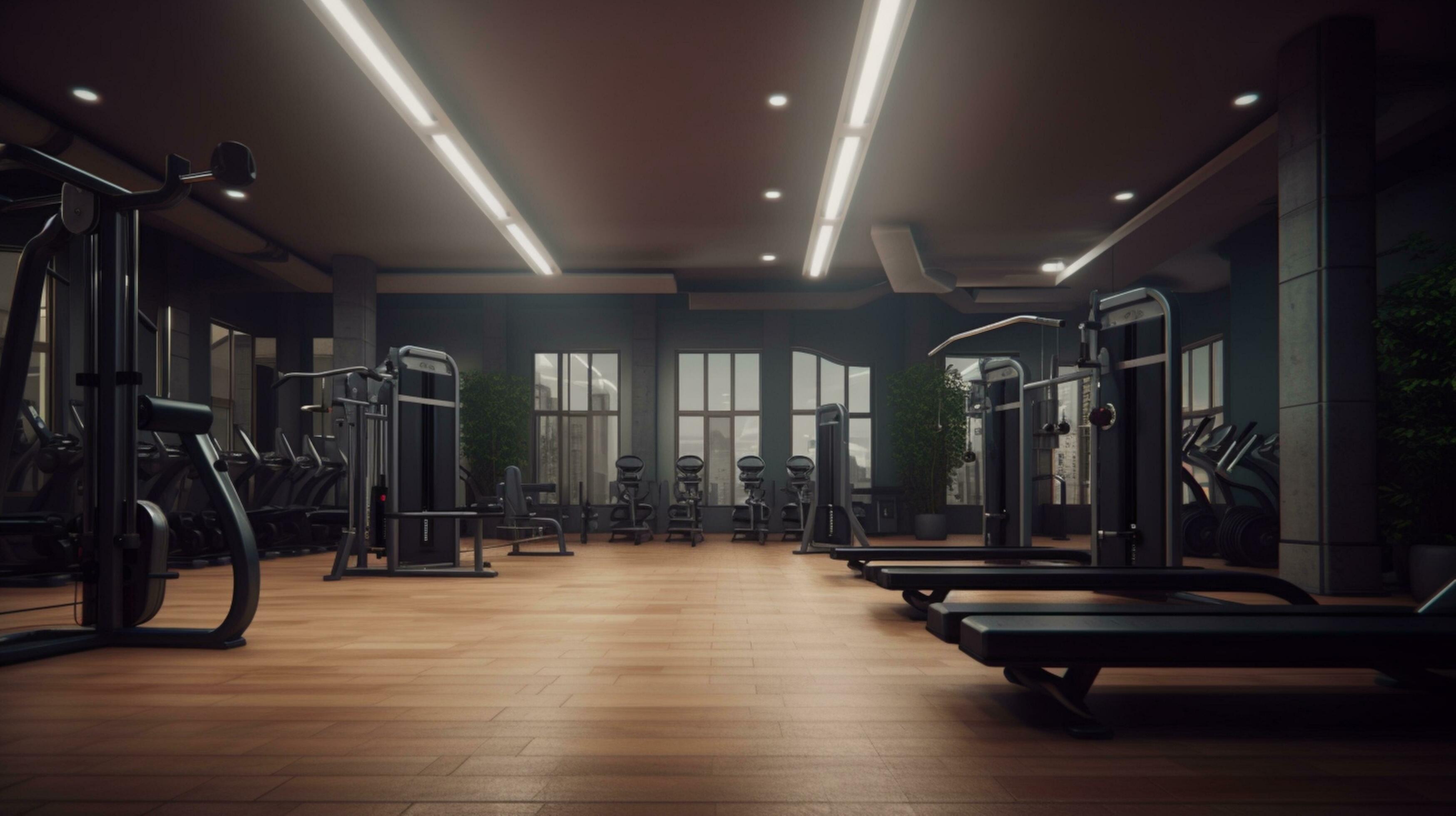-
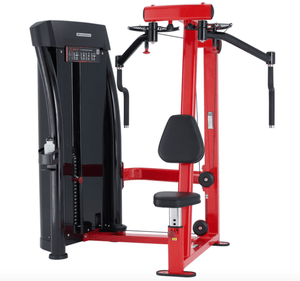
Steelflex JGPD700 Chest and Rear Delt Fly
Regular price $4,600.00Sale price $4,600.00 Regular price -
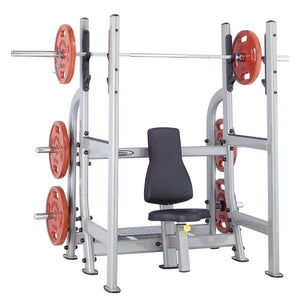
Steelflex NOMB Olympic Military Bench
Regular price $1,570.00Sale price $1,570.00 Regular price -
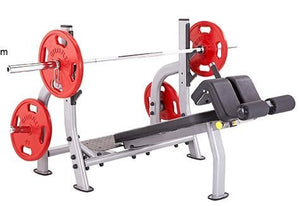
Steelflex NODB Commercial Olympic Decline Bench Press
Regular price $1,360.00Sale price $1,360.00 Regular price -

Steelflex NOIB Commercial Olympic Incline Bench
Regular price $1,360.00Sale price $1,360.00 Regular price -
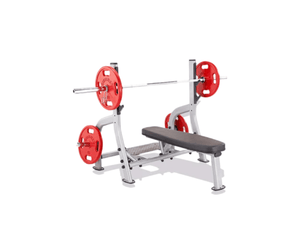
Steelflex NOFB Commercial Olympic Flat Bench
Regular price $1,360.00Sale price $1,360.00 Regular price -

Steelflex PSIP Plate Loaded Incline Chest Press Machine
Regular price $1,860.00Sale price $1,860.00 Regular price -

Steelflex PSDP Plate Loaded Decline Chest Press Machine
Regular price $1,860.00Sale price $1,860.00 Regular price -
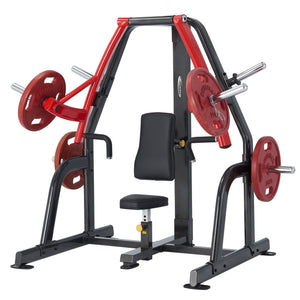
Steelflex PSBP Plate Loaded Bench Press Machine
Regular price $1,860.00Sale price $1,860.00 Regular price -
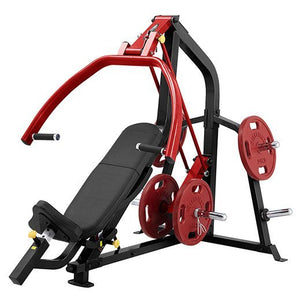
Steelflex PL2100 Chest / Shoulder Press Machine
Regular price $2,360.00Sale price $2,360.00 Regular price -
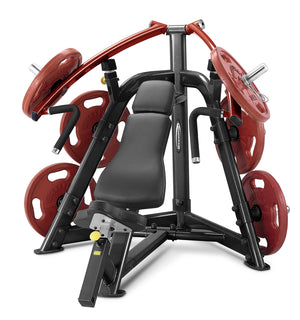
Steelflex PLIP Plate Loaded Incline Press
Regular price $1,599.00Sale price $1,599.00 Regular price -
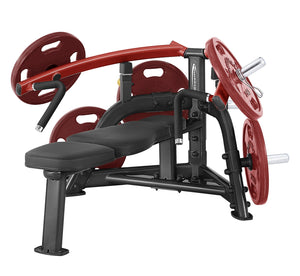
Steelflex PLBP Plate Loaded Bench Press
Regular price $1,599.00Sale price $1,599.00 Regular price
Commercial-Grade Chest Press Machines for Home & Gym
Build a powerful chest with professional chest press machines designed for serious lifters. Our plate-loaded and selectorized bench press machines deliver the controlled resistance and biomechanics of commercial gyms, right in your home. From incline chest press to decline chest press and pec fly machine options, every chest exercise equipment piece is engineered by Steelflex for durability and results.

Frequently Asked Questions
What's the difference between a chest press machine and a bench press machine?
Why choose plate-loaded chest exercise equipment over selectorized machines?
Do I need separate machines for incline and decline chest press movements?
What are the benefits of a pec fly machine compared to dumbbell flyes?
How much space does a chest press machine require in a home gym?
Can chest exercise equipment replace free weight bench pressing entirely?
What weight capacity should I look for in a bench press machine?
Are commercial chest press machines worth the investment for home gyms?
How do I maintain a chest press machine for long-term performance?
Can beginners use commercial bench press machines safely?
What attachments or accessories work with chest exercise equipment?
How does a pec fly machine compare to cable crossovers for chest isolation?
Featured Chest Press Machines
Chest Equipment Buying Guide
Plate vs. Stack
- Plate-Loaded: Unlimited weight capacity and authentic barbell feel at lower costs—ideal for serious lifters.
- Selectorized: Quick resistance changes with weight stacks perfect for circuit training or shared gyms.
- Best For: Powerlifters prefer plate-loaded; commercial facilities choose selectorized for ease of use.
Chest Angles
- Incline Press: Builds upper chest and front deltoids with 30-45 degree angle positioning.
- Flat Bench: Overall chest mass and strength development with authentic bench press biomechanics.
- Decline Press: Emphasizes lower pecs with biomechanical advantage for heavier loads and power.
Isolation vs. Compound
- Bench Press Machines: Compound movements for chest, shoulders, and triceps with heavy loads.
- Pec Fly Machines: Pure chest isolation removing tricep involvement to maximize pec activation.
- Complete Setup: Combine both for strength and mass plus definition and addressing imbalances.
Types of Chest Exercise Equipment
| Equipment Type | Best For | Key Features |
|---|---|---|
| Plate-Loaded Bench Press | Serious lifters seeking unlimited capacity and barbell-like feel for mass building | Add Olympic plates for customized resistance. Heavy-duty frames handle 500+ pounds. Linear pressing motion mimics barbell bench press. Lower cost than selectorized systems. Ideal for powerlifting and strength training. |
| Incline Chest Press Machine | Building upper chest and front deltoids with proper biomechanics | Fixed 30-45 degree angle optimizes upper pec activation. Ergonomic seat positioning reduces shoulder strain. Plate-loaded or selectorized resistance. Wider handle placement than flat press emphasizes chest stretch. Essential for complete pec development. |
| Decline Chest Press | Lower chest emphasis and increased pressing strength through mechanical advantage | Angled decline position targets lower pecs effectively. Reduced shoulder involvement allows heavier loads. Foot anchors provide stability. Plate-loaded systems common. Many lifters achieve personal records on decline chest press machines due to biomechanical leverage. |
| Pec Fly Machine | Chest isolation, definition, and addressing muscle imbalances | Dedicated fly motion isolates pecs by removing tricep involvement. Adjustable range limiters protect shoulders. Converging movement path matches natural chest anatomy. Some models include rear deltoid functionality. Constant tension maximizes time under tension for hypertrophy. |
| Chest/Shoulder Combo | Space-efficient training combining pressing movements in one machine | Dual-purpose stations for chest press and shoulder press. Adjustable seat accommodates both exercises. Saves floor space versus separate machines. Weight stack or plate-loaded options. Popular for commercial gyms and compact home setups needing chest exercise equipment versatility. |
| Olympic Benches | Traditional barbell bench pressing with commercial-grade stability | Heavy-duty frames with wide footprints for Olympic barbell work. Spotter platforms and bar catches for safety. Not machines but essential bench press equipment for free weight training. Flat, incline, and decline variations. Combines with power racks for comprehensive pressing. |
Key Benefits of Commercial Chest Equipment
Superior Biomechanics
Commercial chest press machines feature engineered pressing angles and pivot points that follow natural chest muscle fiber orientation, maximizing activation while minimizing shoulder stress compared to improper free weight form.
Unmatched Safety
Train to failure safely without spotters on bench press machines. Guided movement paths prevent dangerous bar drops. Weight stack systems eliminate plate loading hazards. Perfect for solo home gym training sessions where safety is paramount.
Progressive Overload
Plate-loaded chest exercise equipment accommodates unlimited weight progression as strength increases. Micro-loading with small plates enables gradual increases. Commercial construction handles heavy loads for decades, supporting long-term strength development without equipment limitations.
Muscle Isolation
Dedicated pec fly machines remove tricep involvement, delivering pure chest isolation for maximum muscle fiber recruitment. Incline and decline chest press machines precisely target upper and lower pecs, impossible to achieve with single-angle free weight benches.
Compare Chest Press Machines
| Model | Type | Best For | Price | Shop |
|---|---|---|---|---|
| Steelflex PSBP | Plate-Loaded Bench Press | Overall chest mass & strength with authentic bench press feel | $1,860 | View Details |
| Steelflex PSIP | Plate-Loaded Incline Press | Upper chest development and front deltoid emphasis | $1,860 | View Details |
| Steelflex PSDP | Plate-Loaded Decline Press | Lower pec targeting with biomechanical advantage for heavy loads | $1,860 | View Details |
| Steelflex JGPD700 | Pec Fly & Rear Delt | Chest isolation and rear deltoid training on single machine | $4,600 | View Details |
| Steelflex PL2100 | Chest/Shoulder Combo | Space-saving dual-purpose pressing for chest and shoulders | $2,360 | View Details |
| Steelflex PLIP | Plate-Loaded Incline Press | Compact upper chest development for home gyms | $1,599 | View Details |
Space Planning & Setup Requirements
| Consideration | Details |
|---|---|
| Equipment Footprint | Most chest press machines measure 6-7 feet long × 4-5 feet wide. Pec fly machines often narrower at 5-6 feet wide. Measure your available space and compare to product specifications before ordering. Account for slight variations in commercial versus compact models. |
| Plate Loading Clearance | Add 3-4 feet of clearance on loading sides of bench press machines for adding/removing Olympic plates safely. This means an 8 × 8 feet total footprint per plate-loaded chest exercise equipment piece. Machines with horizontal loading need side clearance; vertical loading needs overhead space. |
| Movement Space | Ensure 3-4 feet in front of chest press machines for safe entry/exit. Pec fly machines need clearance for arm extension range. Consider trainer access if working with clients. Multi-machine setups should allow comfortable movement between stations without equipment interference. |
| Ceiling Height | Most chest exercise equipment requires 8 feet minimum ceiling clearance. Machines with tall weight stack towers (selectorized systems) may need 8.5-9 feet. Check individual product specifications. Plate-loaded systems generally have lower profiles than weight stack machines. |
| Flooring | Install 3/8-3/4 inch rubber gym flooring under chest press machines to protect subfloors from equipment weight (400-600 pounds) and any dropped plates. Rubber mats prevent machine movement during heavy pressing. Ensure level surface to maintain proper biomechanics and wear patterns. |
| Assembly Area | Chest press machines ship partially assembled requiring 8 × 10 feet clear area for unpacking. Budget 1-3 hours assembly time with basic tools (included wrenches). Two people recommended for safe handling of heavy frames and components. Commercial installations may require professional assembly services. |
| Electrical Requirements | No electrical needed - chest exercise equipment operates mechanically via plates or weight stacks. However, position near outlets if adding optional equipment like fans, device chargers, or training area lighting. Keep electrical clear of plate loading zones for safety. |
| Weight Storage | Plan for Olympic plate storage near bench press machines—wall-mounted plate racks or plate trees. Typical serious lifters have 400-600 pounds of plates for chest training. Organize by weight for efficient loading. Keep storage within 6-8 feet of equipment to minimize carrying distance. |
Delivery Path Checklist
Chest press machines ship in boxes up to 7 feet long and 300-500 pounds. Verify all doorways, stairwells, and hallways can accommodate delivery to your training space. Measure twice before ordering to avoid delivery issues.
Bench press machines require 2 people for safe assembly and positioning. Heavy commercial frames, upholstery, and components need careful handling. Allow 1-3 hours for assembly depending on model complexity.
Check for shipping damage, verify all frame components, hardware bags, upholstery, and plates/weight stacks against packing list before signing delivery receipt. Report any damage immediately for warranty claims.
After assembly, test pressing motion through full range, verify all pivot points move smoothly, check seat adjustments, and ensure handles are secure. Load light weight for initial movement testing before heavy training sessions.
Care, Warranty & Shipping
Chest press machines require minimal maintenance for decades of reliable performance. Wipe down upholstery and handles after each use to prevent sweat corrosion and maintain hygiene. Inspect all bolts quarterly, particularly at pivot points and handle attachments—tighten as needed. Lubricate moving parts with silicone spray every 3-6 months to ensure smooth pressing action. For pec fly machines, check cable systems monthly for wear or fraying. Keep plate-loading posts clean and free of rust. Commercial-grade chest exercise equipment typically includes lifetime warranties on frames with 5-10 year coverage on upholstery, cables, and moving components. Steelflex products feature commercial construction backed by extensive warranty protection. See individual product pages for specific warranty terms and shipping details including curbside or white glove delivery options.
